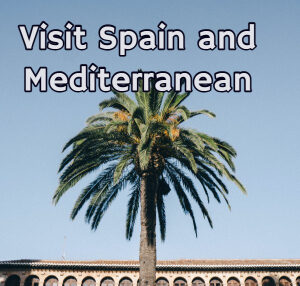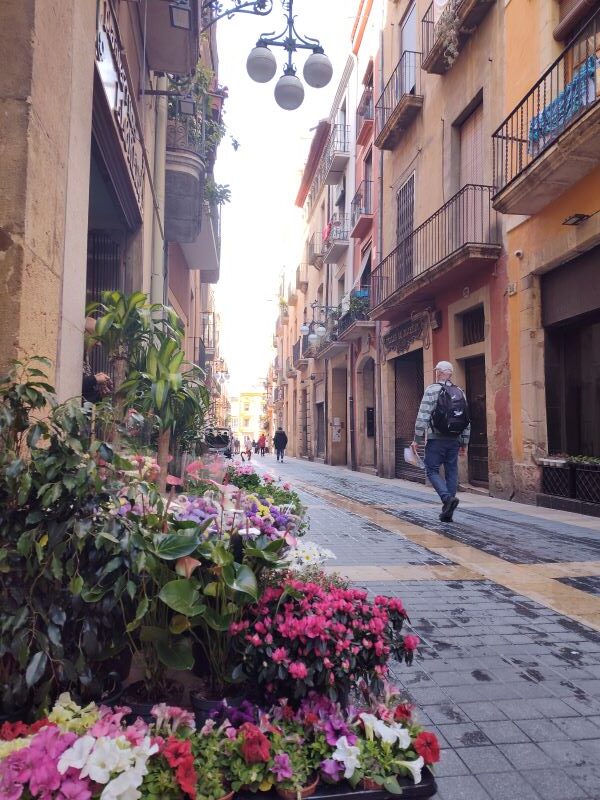Top 12 things to do in Tarragona, Spain
Tarragona, Spain is probably not on the radar for many visitors to Spain surprisingly. But for those that have done some research or know a little about this wonderful coastal city in the Catalonia region of Spain, this city is filled with history, amazing architecture and even beautiful beaches.
Tarragona, a coastal city in Catalonia, Spain, offers a laid-back mix of Roman history, Mediterranean charm, and local Catalan culture. It’s a great spot for travelers looking to explore ancient ruins like the seaside amphitheater, stroll through a compact old town filled with narrow alleys and plazas, and enjoy fresh seafood along the waterfront. With fewer crowds than Barcelona but just as much character, Tarragona is an easy and rewarding day trip—or longer stay—if you’re after history, good food, and coastal scenery without the fuss.
If you are looking for a city that combines historic sites dating back to Roman times, gorgeous beaches, urban lifestyle and culture, art and museums, you’ll find Tarragona has all that and more.
Check out more details on this short guide below to visiting.
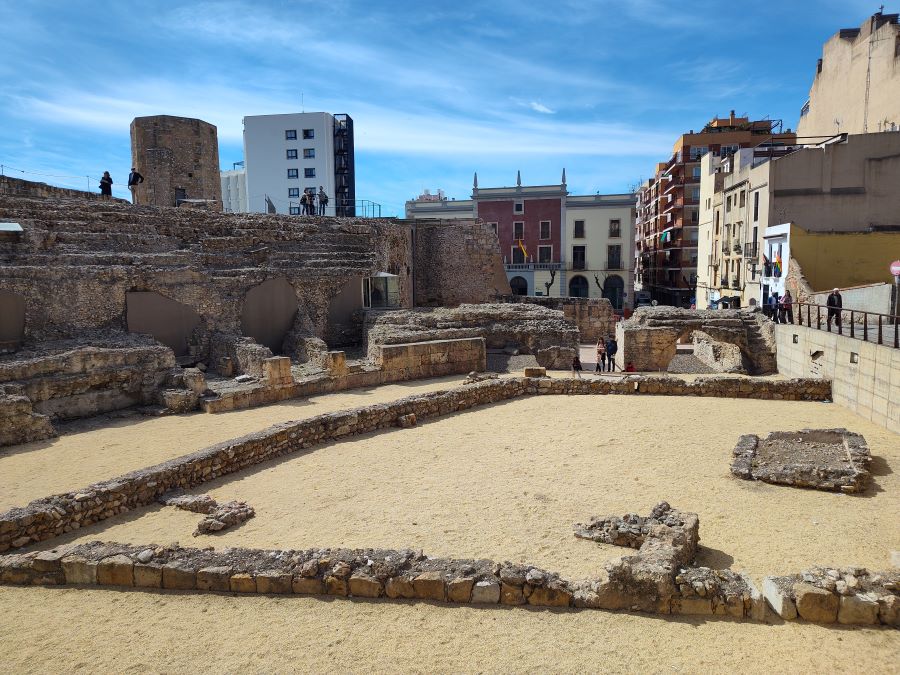
Why visit Tarragona
Tarragona is one of those places that quietly surprises you with how much it offers. Its Roman ruins, including a seaside amphitheater and ancient city walls, aren’t just museum pieces—they’re woven right into daily life. The city has a relaxed pace, with locals filling the plazas and markets, and a food scene built on fresh Mediterranean ingredients, especially seafood. It’s easy to get around, not overly touristy, and still packed with character. Whether you’re into history, beach time, or simply soaking up authentic Catalan culture without the Barcelona crowds, Tarragona gives you the full experience without the noise.
Where is Tarragona located in Spain
Tarragona is located in northeastern Spain, along the Mediterranean coast in the region of Catalonia. It sits about an hour south of Barcelona by train, making it an easy destination for a day trip or a longer stay. The city is part of the Costa Daurada, known for its golden beaches and scenic coastline, and it’s also close to wine country and natural parks, offering a good mix of city, sea, and countryside.
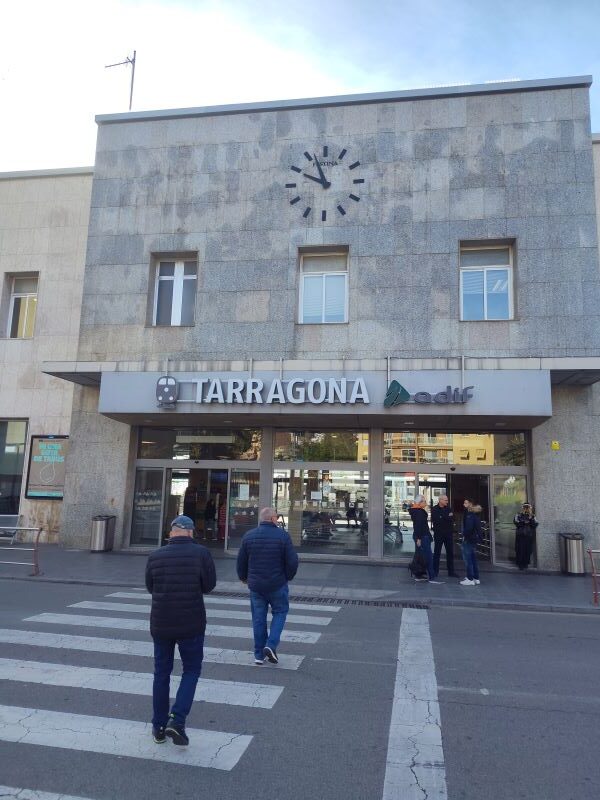
How to get to Tarragona
Getting to Tarragona is simple, especially if you’re coming from Barcelona. The fastest way is by train—regular regional and high-speed services connect the two cities in just under an hour, with departures from Barcelona Sants station. If you’re arriving from elsewhere in Spain, Tarragona also has connections to major cities like Madrid and Valencia via the high-speed AVE or regional trains. For drivers, the AP-7 motorway runs along the coast and leads straight into town. If you’re flying in, the nearest major airport is in Barcelona, and from there, it’s an easy train or bus ride to Tarragona.
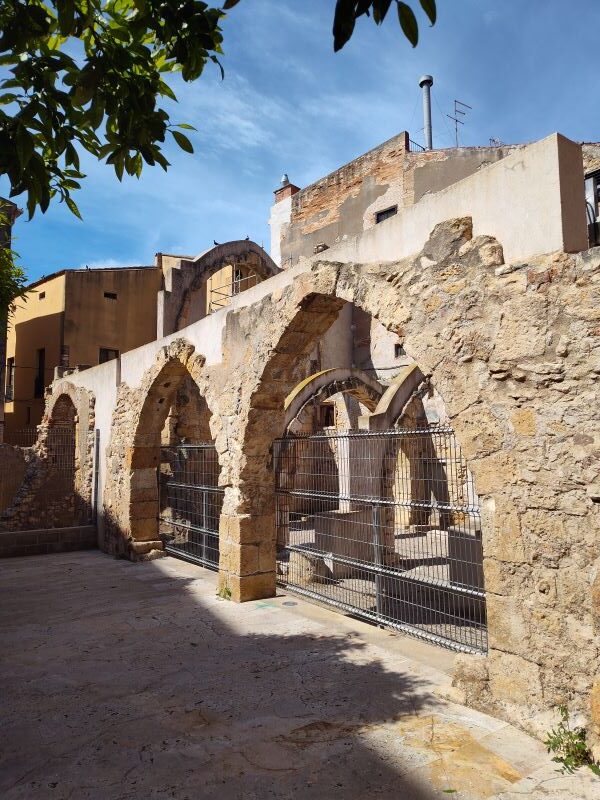
Best 12 things to do in Tarragona, Spain
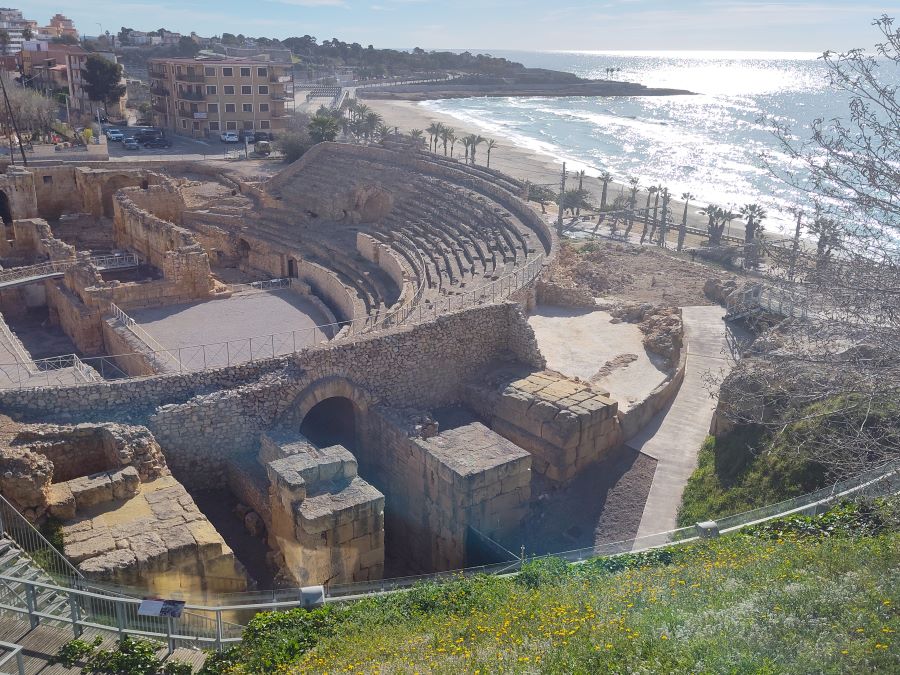
1. Explore the Roman Amphitheatre
Visiting the Roman Amphitheatre in Tarragona is a must for history lovers. Set just steps from the sea, this ancient arena dates back to the 2nd century and once held up to 15,000 spectators for gladiator games and public executions. You can walk through the remains of the seating area, the arena floor, and even the remnants of a later-built Visigoth church. Its dramatic location and the sense of history make it one of the most memorable spots in the city.
When I visited the Roman Amphitheatre overlooking the sea, this well-preserved site is one of Tarragona’s most iconic landmarks and amazing views of the theatre and the coastal areas in the background.
Find out more details to visiting here for information and entry.
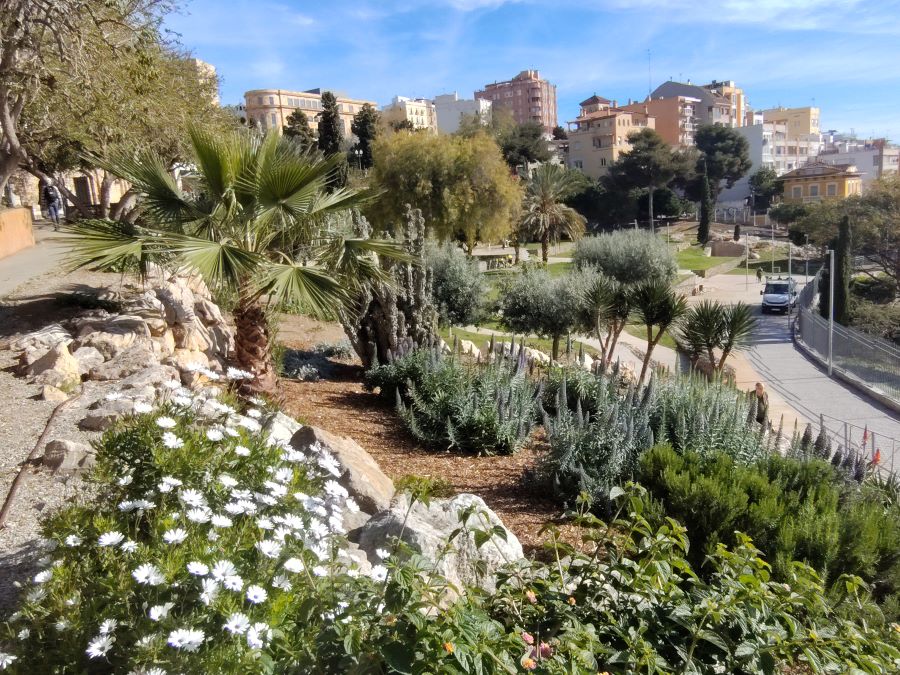
2. Walk the Roman Walls (Muralla Romana)
Walking the Roman Walls of Tarragona offers a unique glimpse into the city’s ancient past. Built in the 2nd century BCE, these are among the oldest Roman fortifications outside Italy. Today, about 1.1 kilometers of the original 3.5-kilometer wall remain, encircling the old town. The Archaeological Promenade (Passeig Arqueològic) allows visitors to explore this historic structure, featuring megalithic foundations, medieval towers like the Archbishop’s Tower, and the Minerva Tower, which houses the oldest Roman sculpture and inscription in the Iberian Peninsula. As you stroll along the garden-lined path, you’ll not only witness layers of history but also enjoy panoramic views of the city and the Mediterranean Sea.
I enjoyed strolling along sections of the ancient city walls and enjoying spectacular views over the town and fantastic spots to photograph. I highly recommend doing a self tour of these ancient walls.
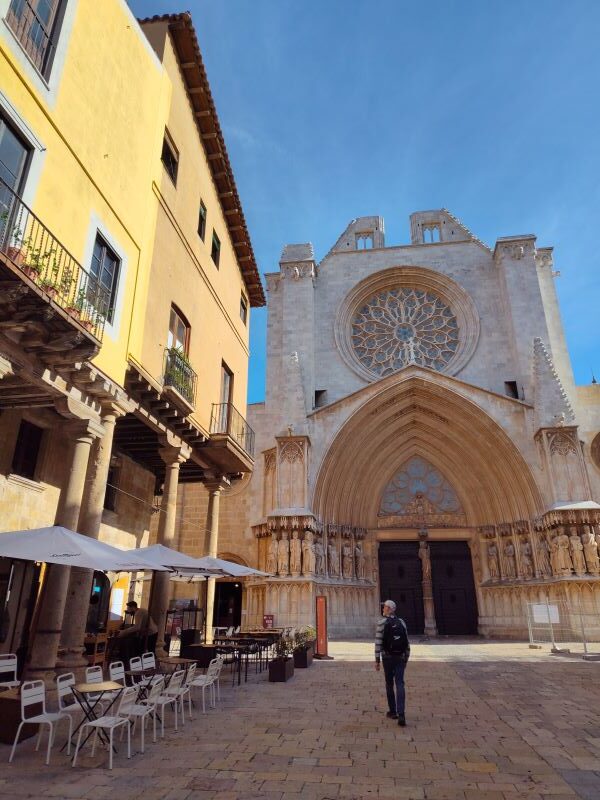
3. Visit the Tarragona Cathedral
Visiting the Tarragona Cathedral offers a rich journey through centuries of history and architecture. Perched on the city’s highest point, this cathedral was built over the remains of a Roman temple, a Visigothic church, and an Arab mosque, reflecting the diverse cultural layers of Tarragona’s past. Construction began in the 12th century and was consecrated in 1331, showcasing a blend of Romanesque and Gothic styles. The main façade features a striking 11-meter rose window and intricate sculptures by renowned artists like Jaume Cascalls and Jordi de Déu. Inside, the cathedral boasts a Latin cross floor plan with three naves, a transept topped by an octagonal dome, and a series of chapels that highlight Gothic, Renaissance, and Baroque art.
The cloister, dating back to the 12th century, is adorned with detailed capitals depicting biblical scenes and medieval life. Visitors can also explore the Diocesan Museum, which houses a collection of religious art and artifacts, including tapestries and sculptures.
For more information, visit the official website: catedraldetarragona.com.
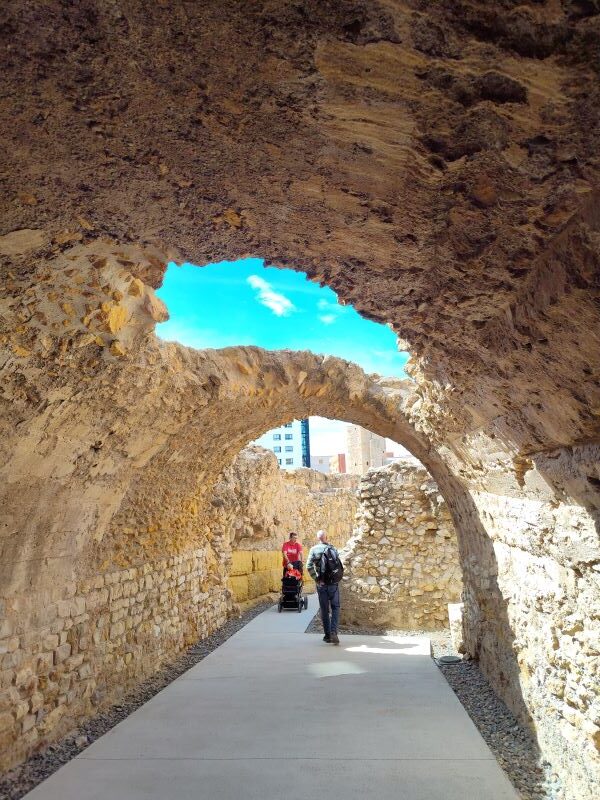
4. Check out the Roman Circus and Praetorium
The Roman Circus and Praetorium in Tarragona give you a real sense of the scale and grandeur of the ancient Roman city. The circus was used for chariot races and could hold up to 30,000 spectators—though much of it now lies beneath the modern city, parts of the structure, including the long tunnels and vaults, are open to explore. Attached to the circus is the Praetorium, a Roman tower that once connected the circus with the forum. Today, you can climb to the top for panoramic views of the city and sea and walk through underground passageways that were once used by Roman officials.
I enjoyed wandering through the underground tunnels where chariot races once thrilled ancient crowds and seeing these historic underground tunnels opening up to the Circus and Praetorium.
Find out more about these Roman landmarks here for more information and details.
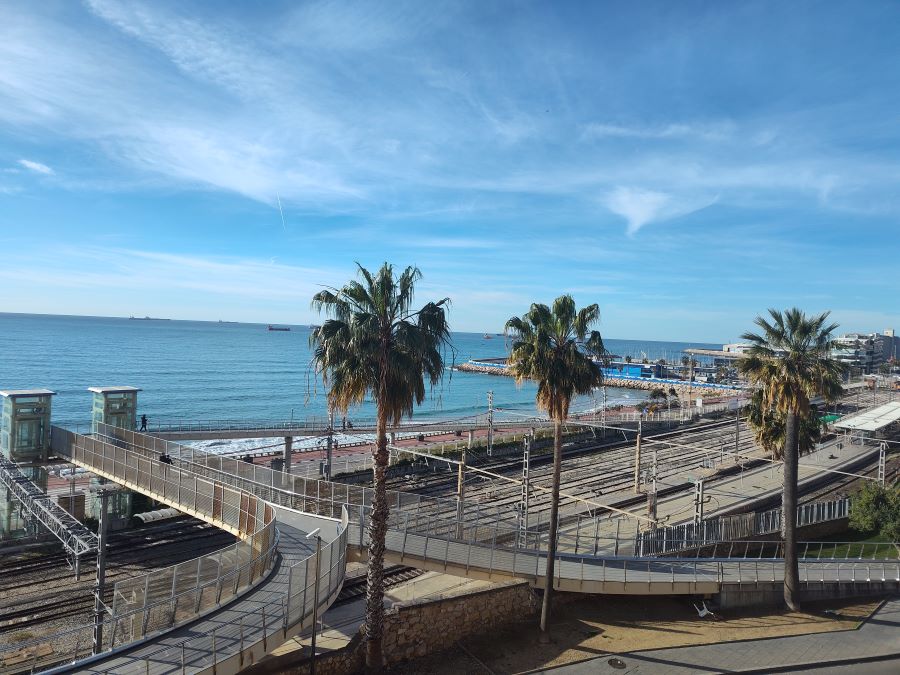
5. Relax at Playa del Miracle
Playa del Miracle is Tarragona’s main urban beach, stretching nearly a kilometer along the Mediterranean and just a short walk from the city center. Its fine golden sand and calm, shallow waters make it a favorite for both locals and visitors. The beach is well-equipped with amenities like showers, lifeguards, and accessible walkways, and it’s connected to the city’s promenade, offering scenic views and easy access to nearby attractions like the Roman amphitheater and the Balcó del Mediterrani.
While its proximity to the port and railway lines may detract slightly from the ambiance, Playa del Miracle remains a convenient and enjoyable spot for sunbathing, swimming, and experiencing Tarragona’s coastal charm.
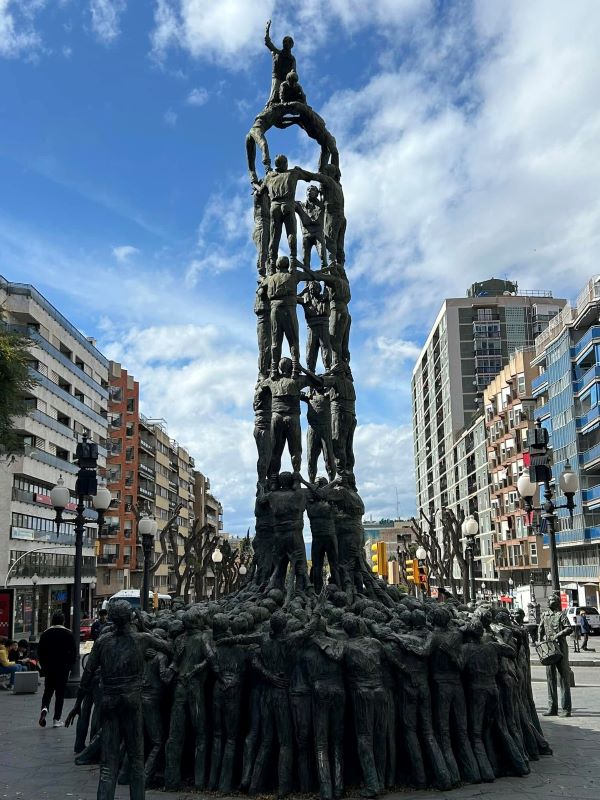
6. Stroll the Rambla Nova
Strolling along Rambla Nova offers a lively glimpse into Tarragona’s daily rhythm. This wide, tree-lined promenade stretches from the bustling Plaça Imperial Tàrraco to the scenic Balcó del Mediterrani, a cliffside viewpoint offering sweeping views of the sea and city. Along the way, you’ll encounter a mix of shops, cafes, and notable sculptures, including the Monument als Castellers, celebrating the region’s human tower tradition, and the Monument to the Heroes of 1811, honoring those who defended the city during the Peninsular War. The avenue’s central promenade is dotted with benches and shaded areas, making it a comfortable place to relax and people-watch. Whether you’re interested in shopping, enjoying local cuisine, or simply taking in the city’s atmosphere, Rambla Nova is a central hub that captures the essence of Tarragona.
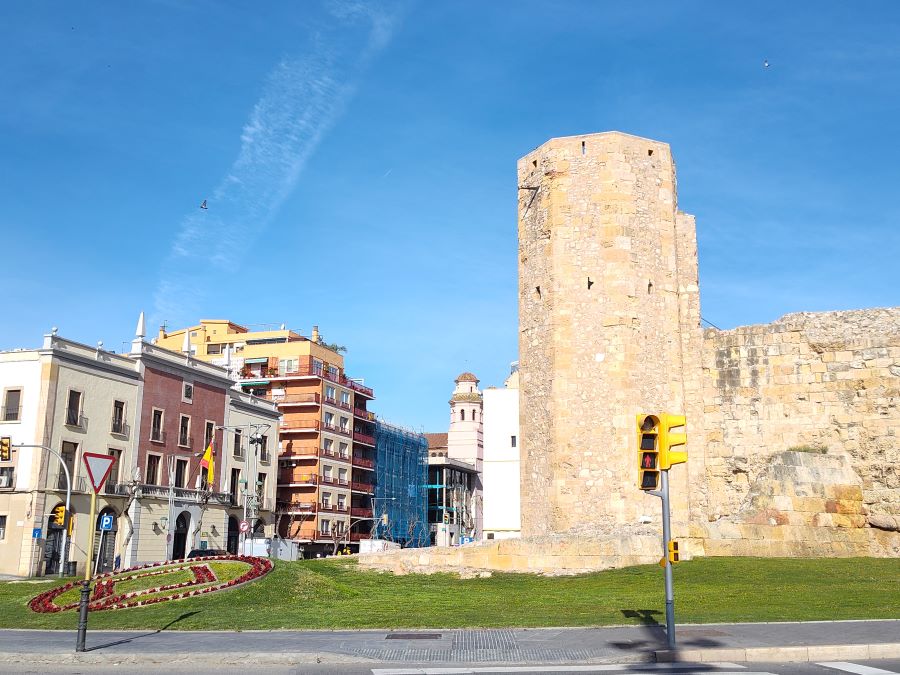
7. Visit the National Archaeological Museum of Tarragona
Visiting the National Archaeological Museum of Tarragona (MNAT) offers a deep dive into the city’s Roman heritage. Established in the 19th century, it’s the oldest archaeological museum in Catalonia, housing artifacts that trace the evolution of Tarraco, the Roman capital of Hispania Citerior. While the main building in Plaça del Rei is undergoing renovations until late 2026, a curated selection of the museum’s most significant pieces is on display at the TARRACO/MNAT exhibition in Tinglado 4, located at the Port of Tarragona. Highlights include intricate mosaics, sculptures, and everyday objects that paint a vivid picture of Roman life. The museum also offers digital resources, including 3D models and high-resolution images, allowing visitors to explore its collections virtually. For more information on visiting hours and exhibitions, check out the official website: www.mnat.cat.(visitmuseum.gencat.cat,
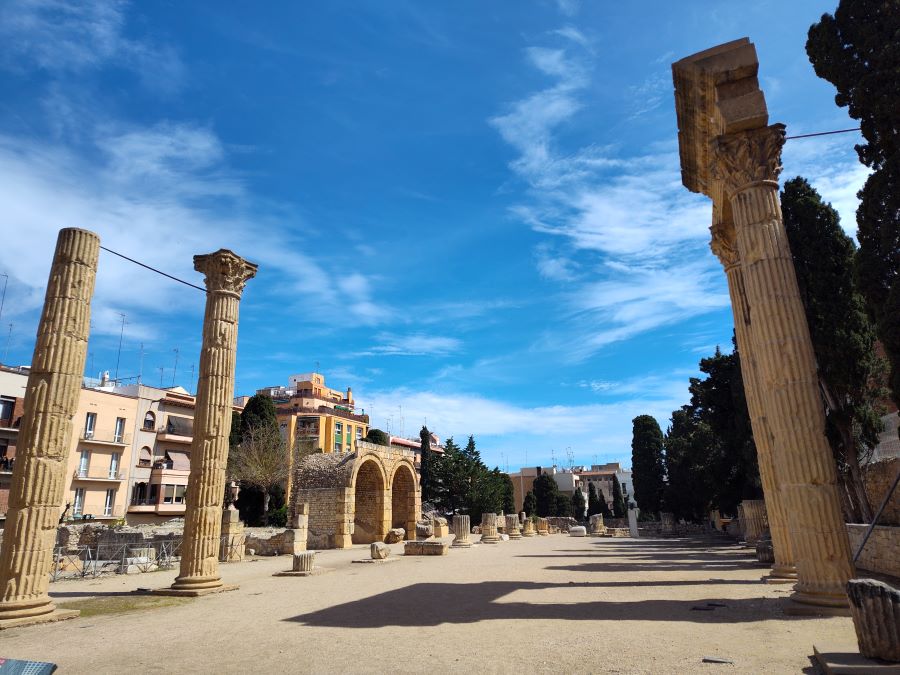
8. Discover the Colonial Forum and Roman Temple Ruins
Exploring the Colonial Forum and Roman Temple ruins in Tarragona offers a fascinating glimpse into the city’s ancient past. The Colonial Forum, dating back to the late 1st century BCE, served as the administrative and religious heart of Roman Tarraco. Here, you’ll find remnants of a basilica, curia, and a temple dedicated to the Capitoline Triad—Jupiter, Juno, and Minerva—highlighting the city’s significance in the Roman Empire. The forum’s layout, with its portico-lined plaza and surrounding structures, reflects the typical design of Roman colonial centers. Today, visitors can walk among these ruins, imagining the bustling civic life that once took place in this central hub. The site’s integration into the modern cityscape, with ancient structures nestled amidst contemporary buildings, underscores Tarragona’s unique blend of history and modernity.
Find out more about these Roman landmarks here for more details.
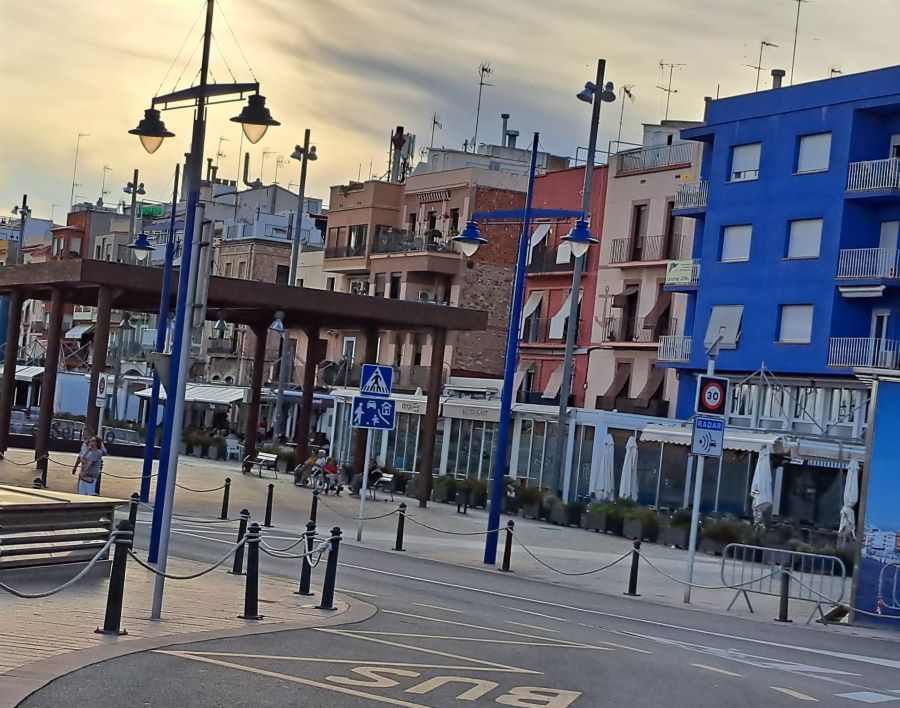
9. Enjoy fresh seafood in the Serrallo neighborhood
El Serrallo, Tarragona’s historic fishing district, offers an authentic maritime atmosphere with its colorful houses, working port, and a strong sense of community. The neighborhood is renowned for its seafood restaurants that serve dishes made from the day’s fresh catch. Signature dishes include romescada, a seafood stew enriched with the region’s famous romesco sauce, and arrossejat, a savory rice dish simmered in fish stock. Notable establishments like El Pòsit del Serrallo, Xaloc, and La Xarxa are celebrated for their commitment to quality and tradition, offering menus that highlight the best of local seafood cuisine. A visit to El Serrallo provides not just a meal, but a taste of Tarragona’s enduring connection to the sea.
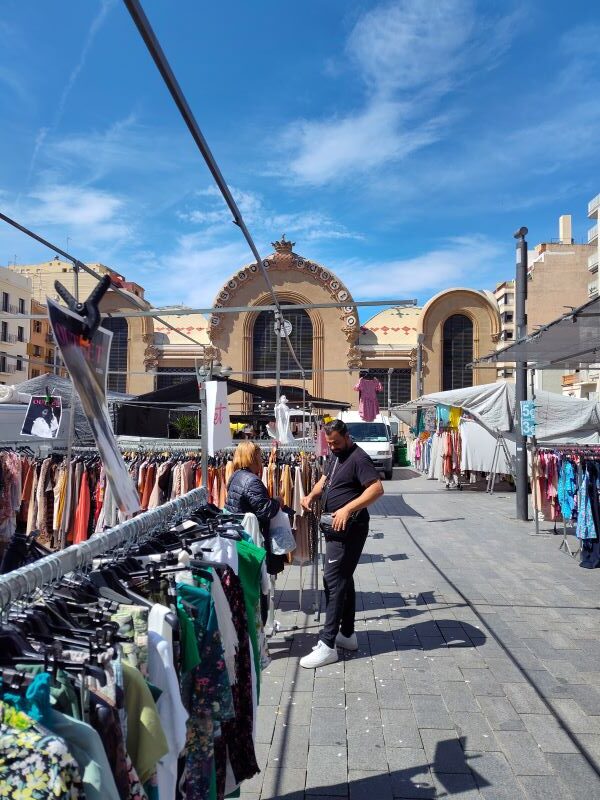
10. Explore the Mercat Central
The Mercat Central de Tarragona is a vibrant hub of local life, offering a rich blend of history, architecture, and gastronomy. Situated in Plaça Corsini, just off Rambla Nova, this market has been a cornerstone of the city since its inauguration in 1915. Designed by architect Josep Maria Pujol de Barberà, the building showcases Modernist architecture with its cast iron columns, ceramic-clad roof, and spacious, light-filled interior. Following a significant renovation completed in 2017, the market now seamlessly combines its historic charm with modern amenities, including an underground supermarket and parking facilities. Inside, visitors can explore around 40 stalls offering high-quality, seasonal products such as fresh fruits, vegetables, meats, seafood, cheeses, and prepared foods. The market also features a tasting area where you can enjoy local delicacies and a café-bar for a relaxing break.
A unique attraction is the carillon clock on the main façade, which comes to life daily at noon and 6:00 PM, featuring figures from the city’s Santa Tecla festival dancing to the tune of “Amparito Roca.” Whether you’re shopping for local produce or soaking in the lively atmosphere, the Mercat Central offers an authentic glimpse into Tarragona’s cultural and culinary traditions.
Check out more details to visiting Mercat Central here for more details.
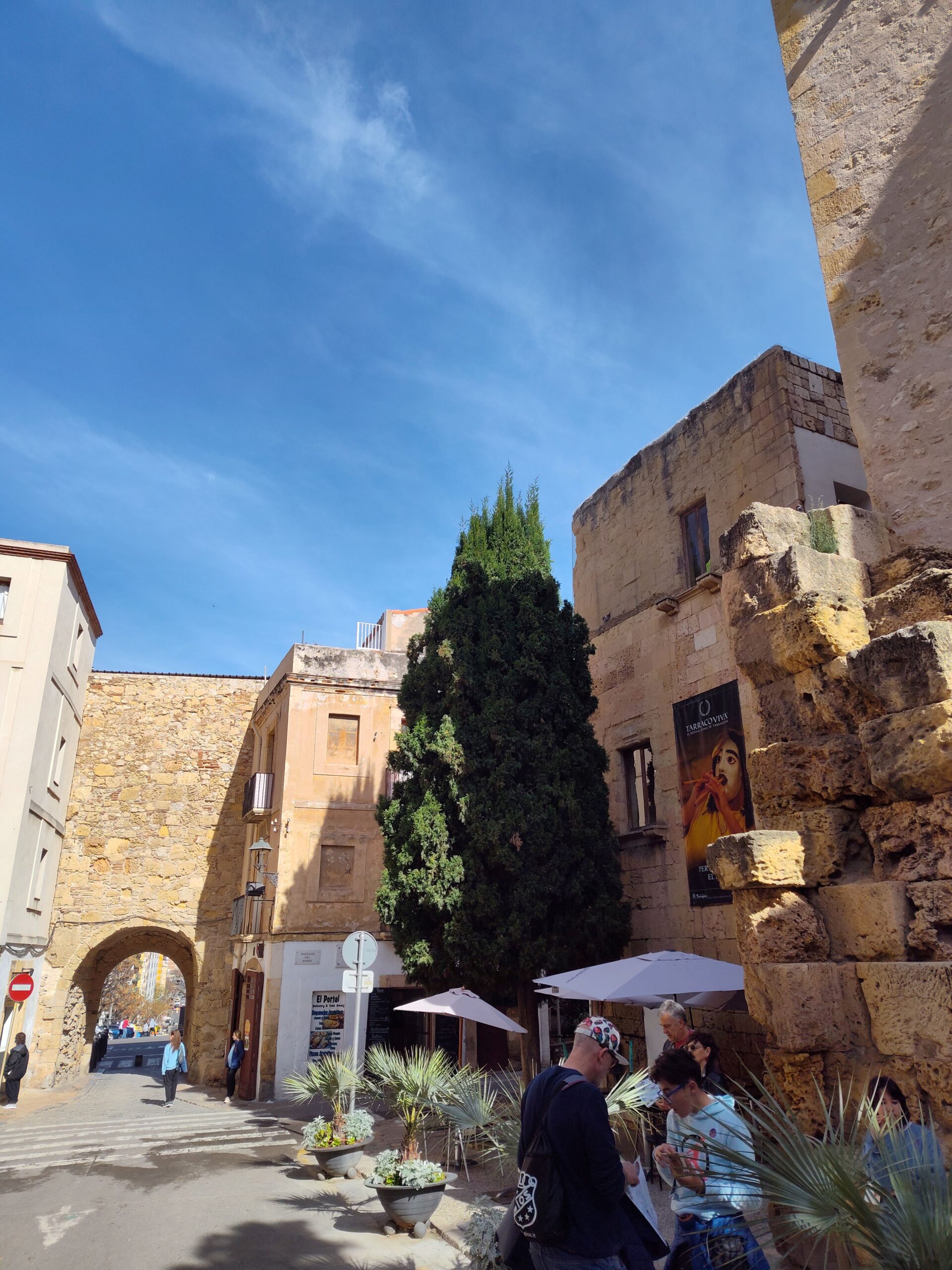
11. Explore the medieval section of Tarragona
Exploring the medieval section of Tarragona feels like stepping back in time. The narrow, winding streets are lined with charming stone buildings, medieval churches, and hidden squares. The heart of this area is the impressive Cathedral, surrounded by cobbled lanes that lead to historic landmarks like the Romanesque-style Portal del Roser and the 12th-century Church of Sant Llorenç. As you wander through the old quarter, you’ll find ancient city walls, cozy cafes, and craft shops that add to the area’s timeless appeal. The combination of history, architecture, and local atmosphere makes the medieval section of Tarragona a captivating part of the city to explore.
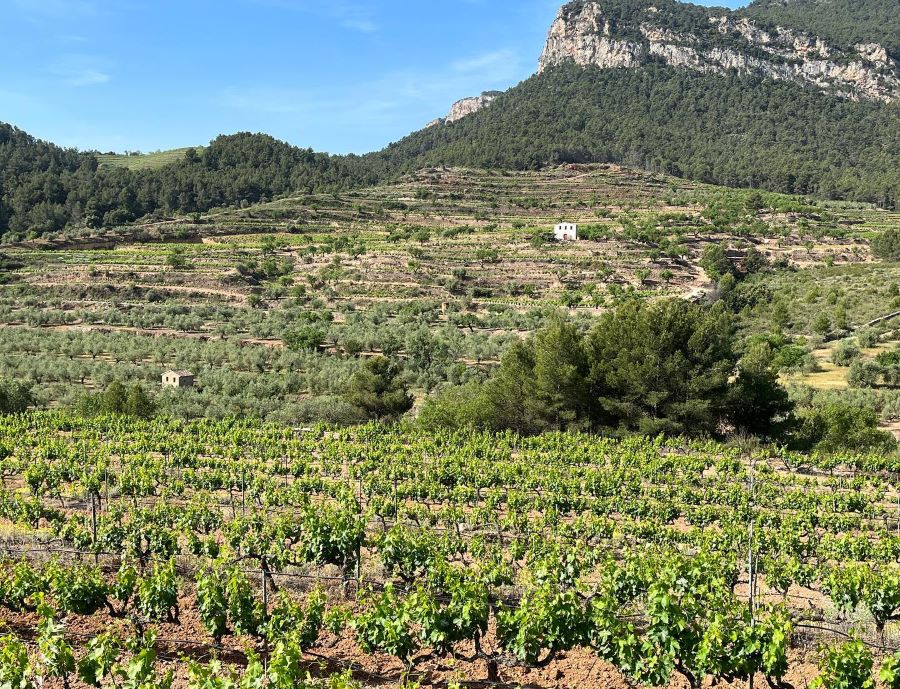
12. Take a day trip to nearby wine regions
Just a short drive away, you’ll find some of Catalonia’s most celebrated wine regions. The Priorat, only about an hour west of Tarragona, is renowned for its robust reds made from Garnacha and Cariñena grapes. Montsant, neighboring Priorat, offers similarly bold wines and picturesque vineyard landscapes. To the northeast, the Penedès region is famed for its sparkling Cava and innovative winemaking, with biodynamic producers gaining attention for their unique styles. Many of these areas offer guided tours, tastings, and even bike or horseback excursions through the vineyards
To find out more about The Priorat wine region, check out this website for more details.
Further reading – Visiting Tarragona
Check out this post on visiting Tarragona and the surrounding areas of Catalonia.
Travel from Barcelona to Tarragona
Conclusion on visiting Tarragona
This is what I think you should see and do around the city of Tarragona which I feel is such a well-preserved city of old and new. Starting with all the well-preserved Roman landmarks to the Medieval walled city and then to the more modern aspects of the city center.
Thanks for check out this post on Visiting Spain and Mediterranean, please feel free to check out my posts of places in the surrounding region.
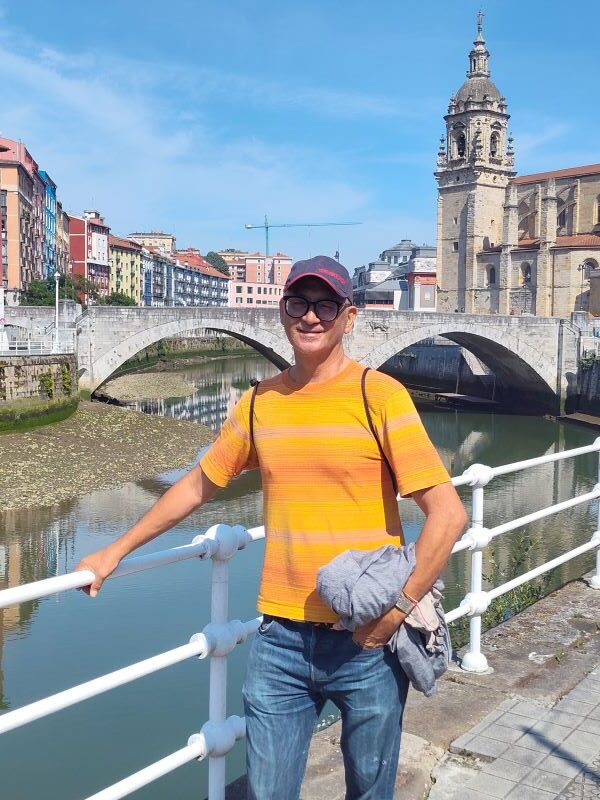
About author – Noel Morata
After relocating from the United States to Andalusia in 2024, I’ve made it my mission to discover every corner of Spain. Based just east of Granada, I’ve spent over 12 months exploring Andalusia province and the rest of Spain, including multiple extended visits to Granada throughout different seasons. My background in Spanish cultural studies and years of residence and exploring all of Spain have given me unique insight into the region’s historical significance, local customs, and culinary traditions.
I regularly update my guides with the latest information gathered through personal visits and relationships with local tourism officials, always seeking what’s new and exciting in each destination. As a self-proclaimed foodie, I’m passionate about discovering authentic local markets and regional specialties.
I love viisiting historic cities and Tarragona has so much wonderful history and culture from Roman times to the medieval time period and on to the more modern era and lifestyle. I share all my favorite places to visit here and love returning to see more new developments that happen here.
